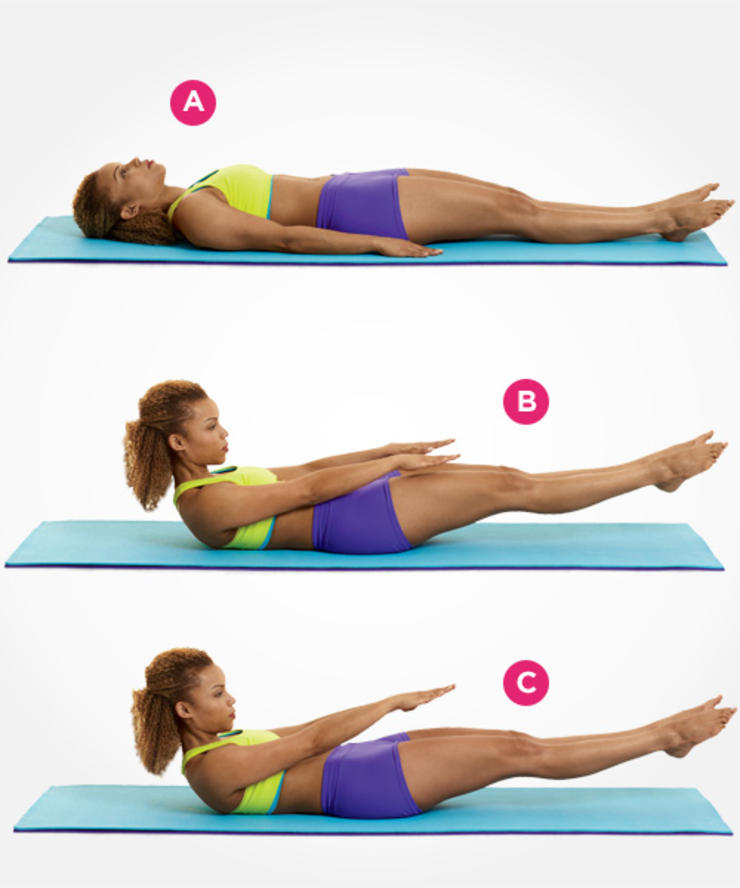If you are new to running, you may find that you can get your legs going just fine, but it is harder to get your breathing under control. You need to learn how to breathe while running so that you will run faster, with less effort for longer distance. Proper breathing can also help prevent you from getting painful stitches and side aches. Here are a few other tips to for you to try.

How to Breathe When Running
1. Primarily Use Your Mouth for Breathing
For the most part, use your mouth for breathing while running. You may add your nose breathing if it feels natural. Generally, when running, your body needs to be efficient when taking in oxygen and expelling carbon dioxide. You can take in more air through your mouth than your nose. This is why breathing through your mouth while running makes sense.
2. Try Deep Belly Breathing
If you want more efficient breathing with the best oxygen uptake, then diaphragmatic breathing or deep belly breathing is recommended than chest breathing.
- When you breathe just using your chest, you are only using the upper part of your lungs. The air stays in your lungs for a short time, and you don’t get the proper air exchange, which reduces your oxygen uptake.
- When you use deep belly breathing, you use all your lung, increasing efficiency. The air will stay there longer, therefore increasing your oxygen uptake.
How to Do Deep Belly Breathing
How to breathe when running? You need to do deep belly breathing and spend some time practicing.
- Lie down on your bed or the floor and place a book across your stomach.
- Take deep breaths while focusing on your breathing and you will notice the book rises and falls while you breathe in and out.
- Focus on this while trying to exhale all the air from your lungs. With a bit of practice, belly breathing will be automatic and feel natural.
3. Find Proper Breathing Rhythm
To get a proper breathing rhythm, consider your running intensity.
- For runs that aren’t intense you can use a 3:3 rhythm. This means take a breath for three steps and then breathe out for three steps.
- With a slightly more intense run, a 2:2 breathing rhythm is better.
- In the final burst of a race, or those highly intense runs, you will see a person take a breath in for every step, or run in a 1:1 ratio.
While these rates don’t apply to everyone, they give a good rule of thumb. The best suggestion is to try it out and you will find the best breathing rhythm for you.
More Breathing and Running Advice
When you are properly breathing, you will feel a large difference when you are running and will be more comfortable. Consider a few other tips on how to breathe when running:
- If you are breathing correctly, you should still be able to talk while you are running. You shouldn’t have broken sentences and words. If you can’t finish a sentence, you are either breathing wrong or running faster than you should.
- If you are out of breath and can’t catch it, you should walk or slow down. If you have a side stitch, you are likely to breathe poorly. Try to relax and find a more suitable pace. This can solve breathing problems easily.
Lung Strengthening Exercises for Running
To breathe properly while running, you can do some lung strengthening exercises for better lung function. In fact, there are pilates moves to strengthen your diaphragm, improve posture and stretch taunt muscles. All these will help you run longer and with less effort. You should practice these exercises several times a week to help your running.
1. The Hundred

- While lying flat, bend your knees and keep your feet on the floor, flat.
- Place your arms flat by your sides with your palms down.
- Inhale, while bring your arms, shoulders, neck and head off the ground.
- Lift your knees while extending your feet, making a 45-degree angle from the ground.
- Breathe in and then out five times. While getting the short breaths, move your arms in a controlled, up and down motion.
- You should do ten repetitions of the five short breathing sets.
2. The Swan

- With your palms flat and beneath your shoulders, lie face down on the ground, like doing a pushup.
- Keep your neck in line with your spine by looking down.
- While inhaling, slowly lift your chest, shoulders, neck and head and press your hands into the ground. Keep your elbows slightly bent.
- While exhaling, slowly lower your body back down, chest first, followed by shoulders, and the rest.
- Repeat these ten times. You will see a deepened lung capacity and shallow breathing corrected after doing this exercise for some time. Do this exercise regularly to learn how to breathe when running.
3. Standing Chest Expansion
- Stand with your knees a little bent and arms at your sides.
- Take a deep breath in and swing your arms up and out so your biceps are by your ears and palms face one another.
- Exhale while bringing your arms back to your sides.
- Repeat this four times while concentrating on opening your chest and breathing.
This will work the muscles that lie over your ribs. It involves your diaphragm and pelvic floor and relaxes your shoulders. This also helps keep your breathing balance between your lungs.
Note
You should also eliminate smoking and steer clear of second hand smoke as this can make you have decreased lung function.
